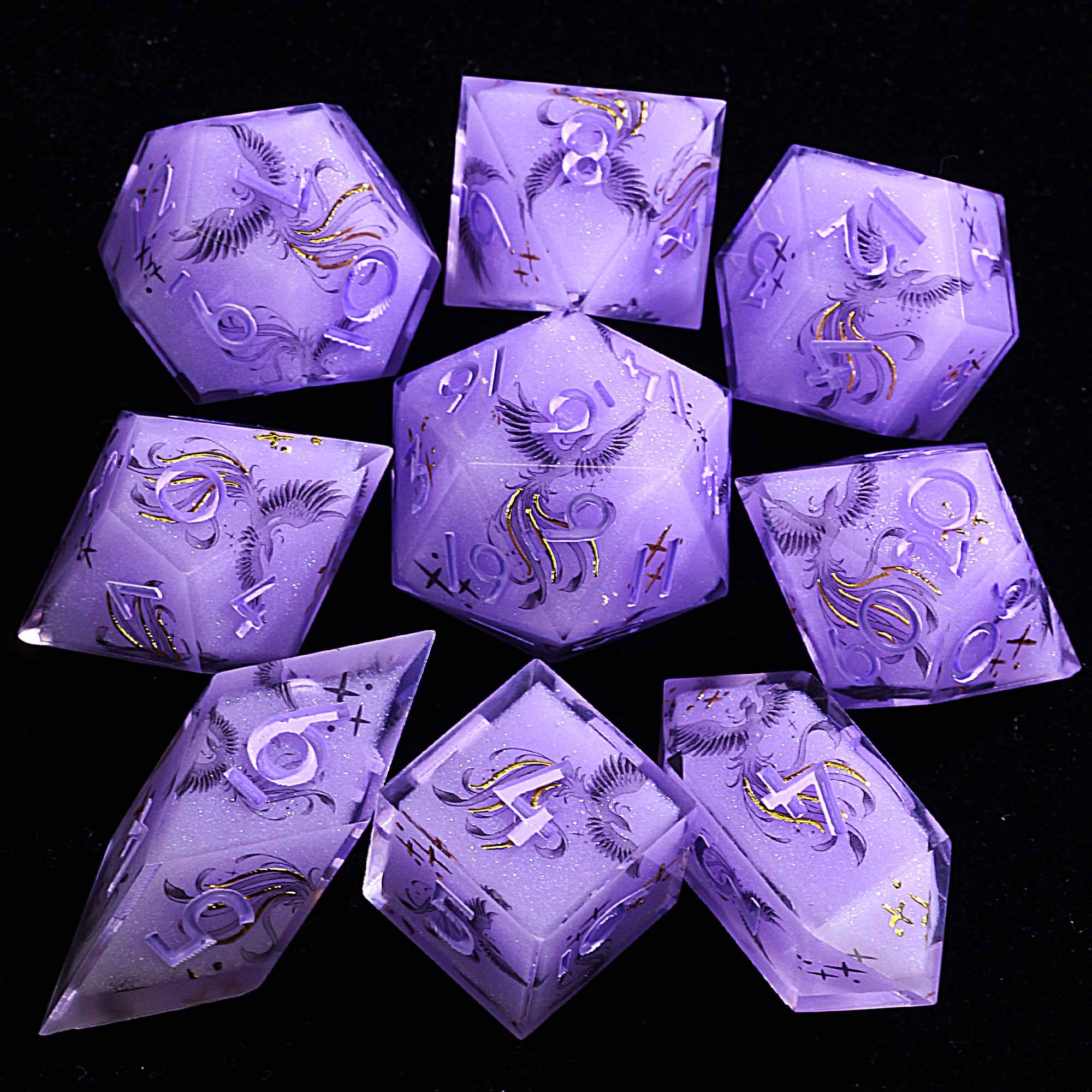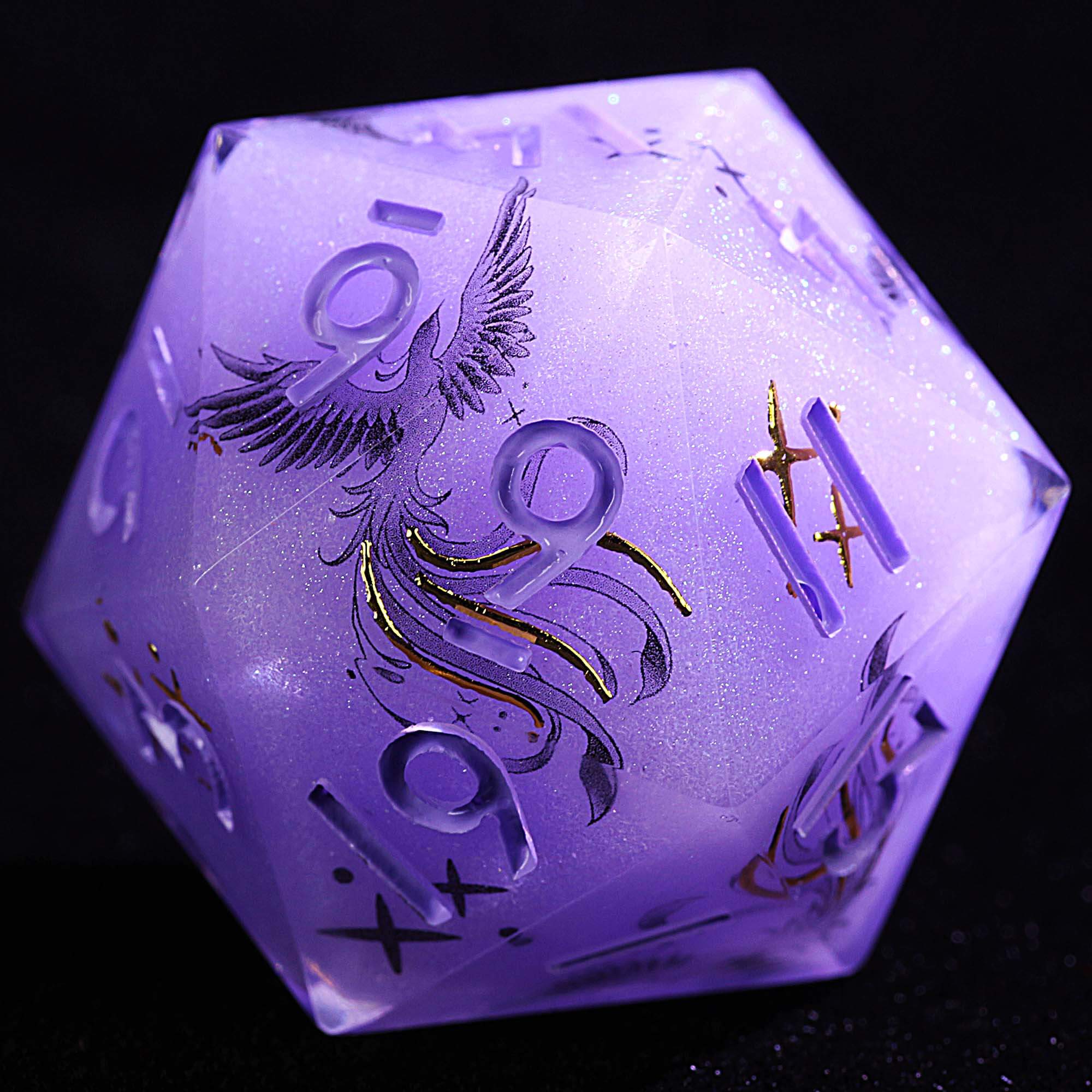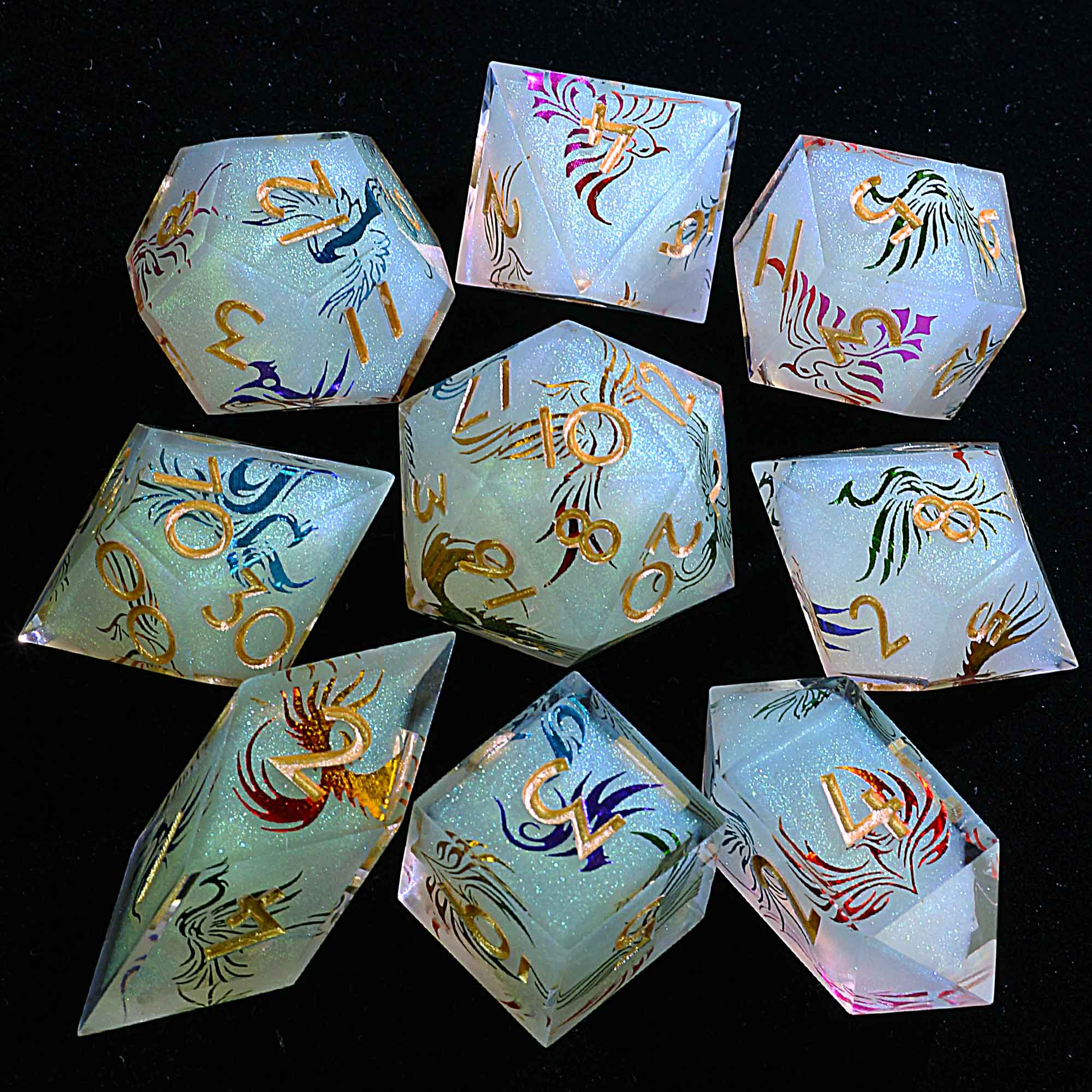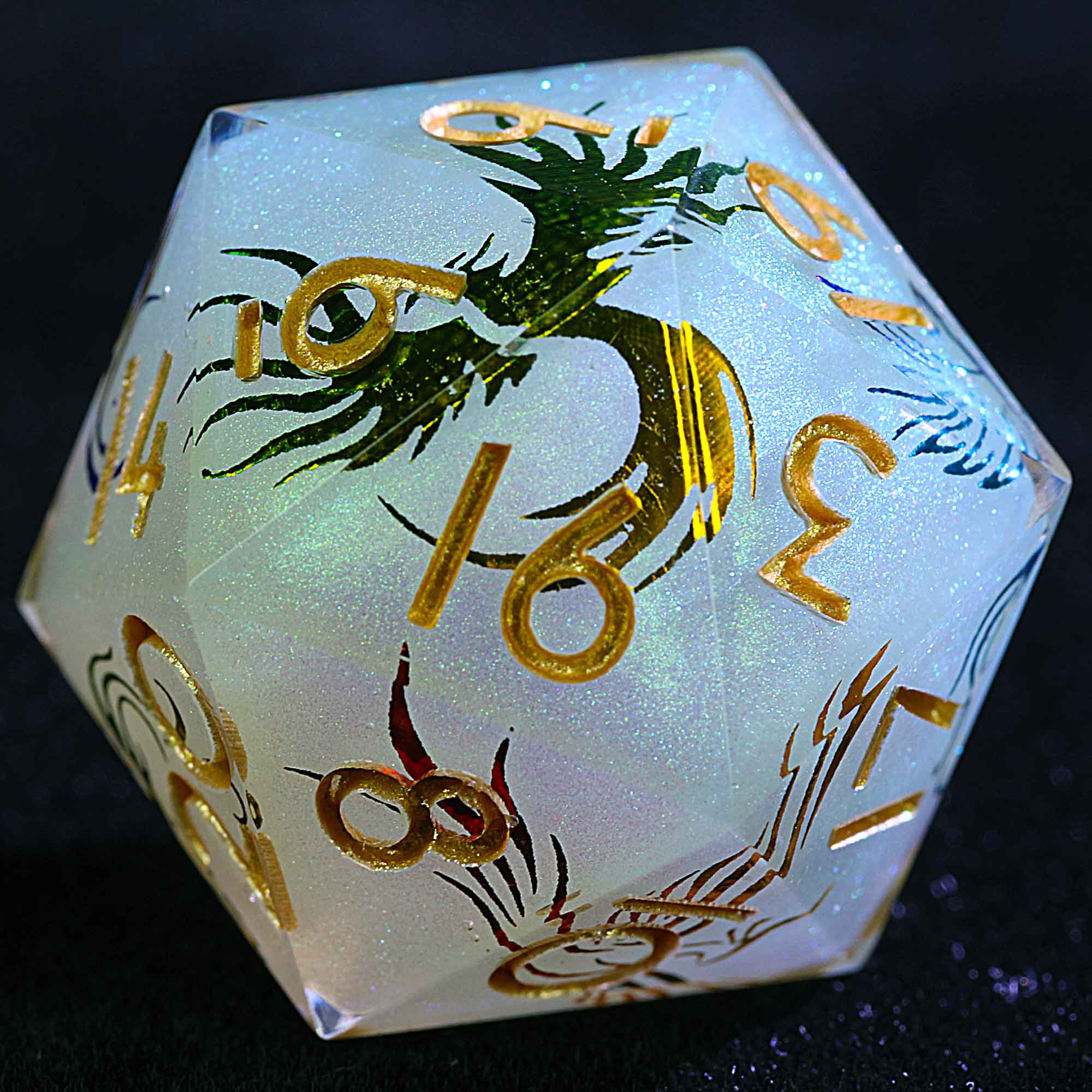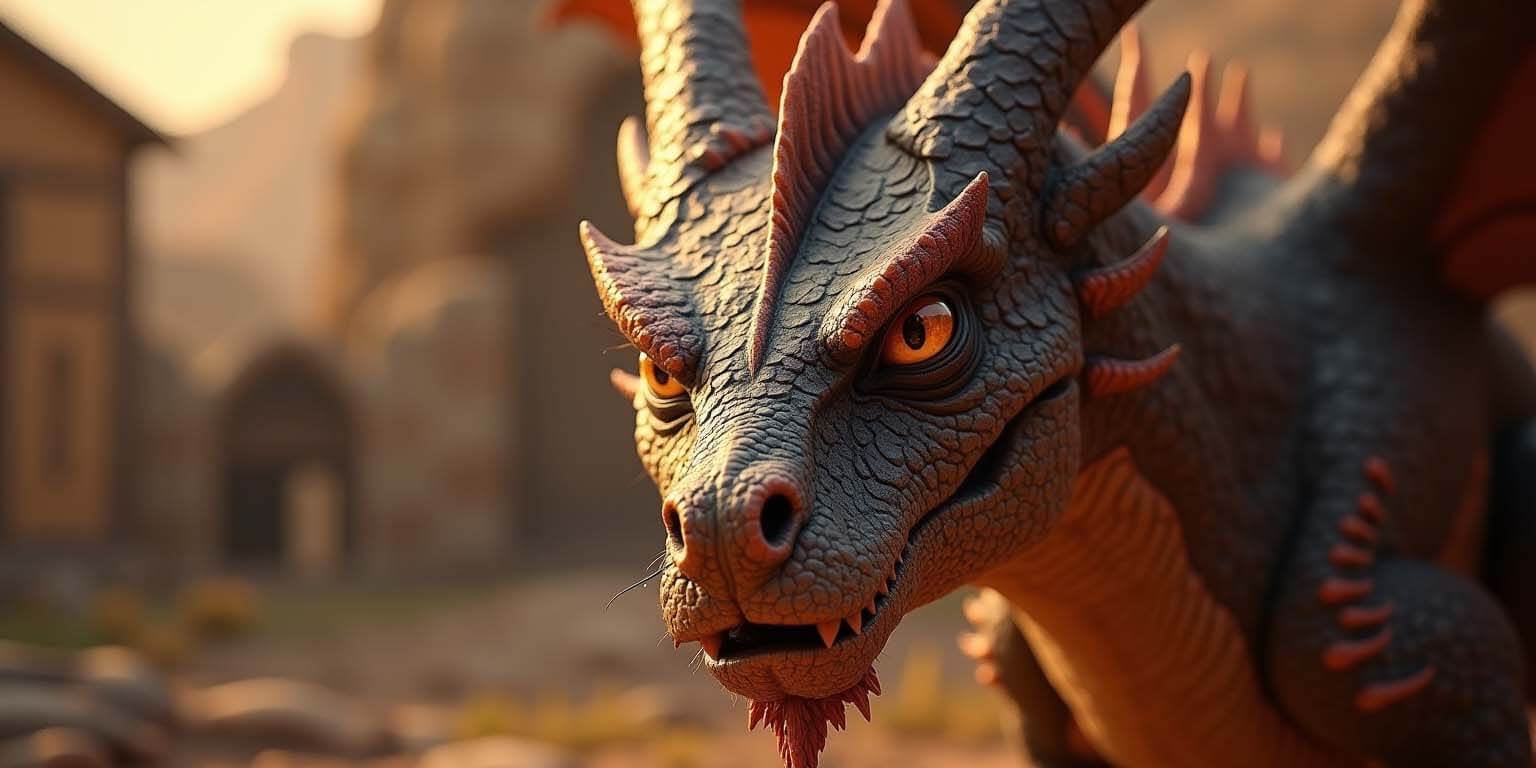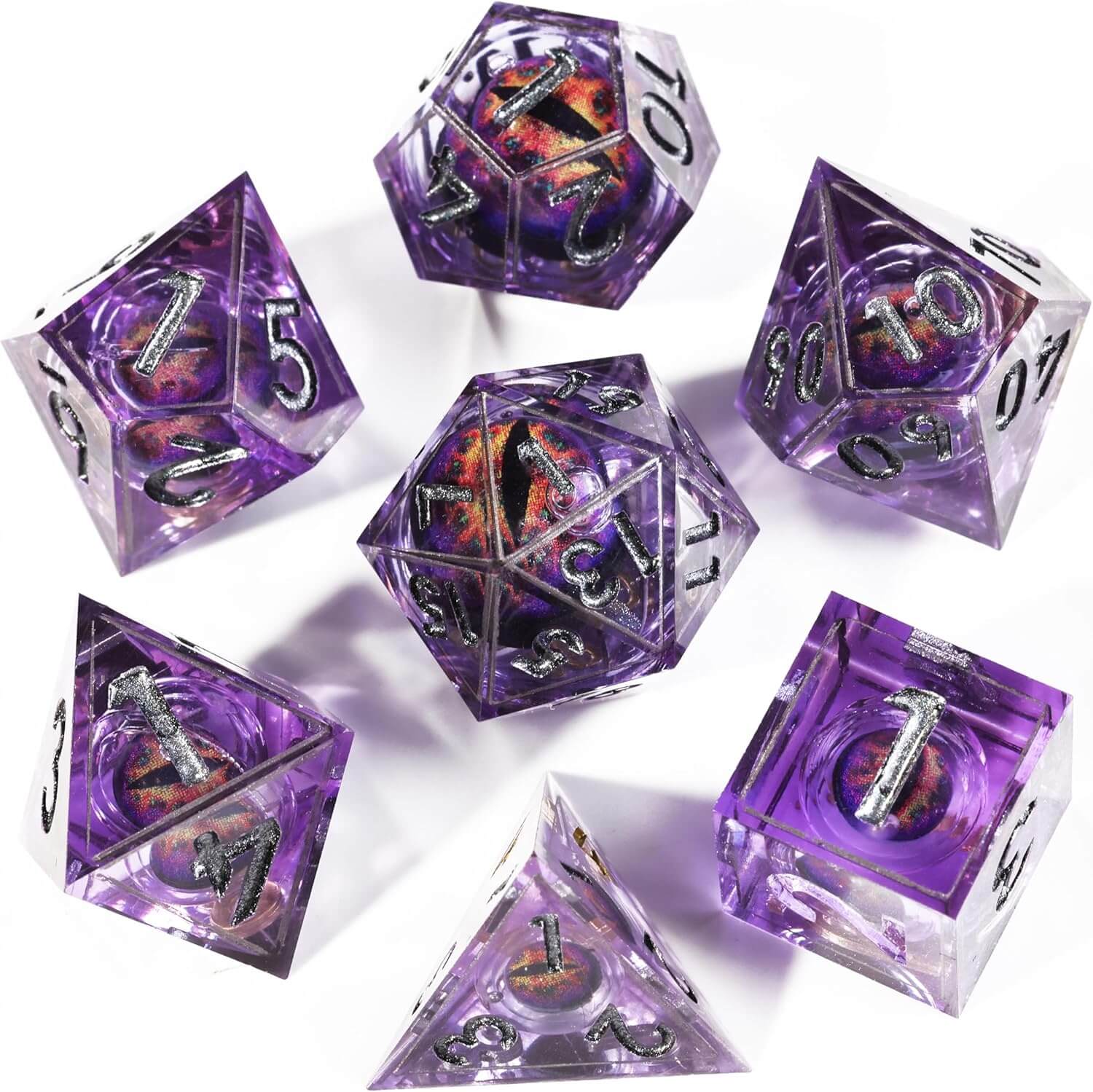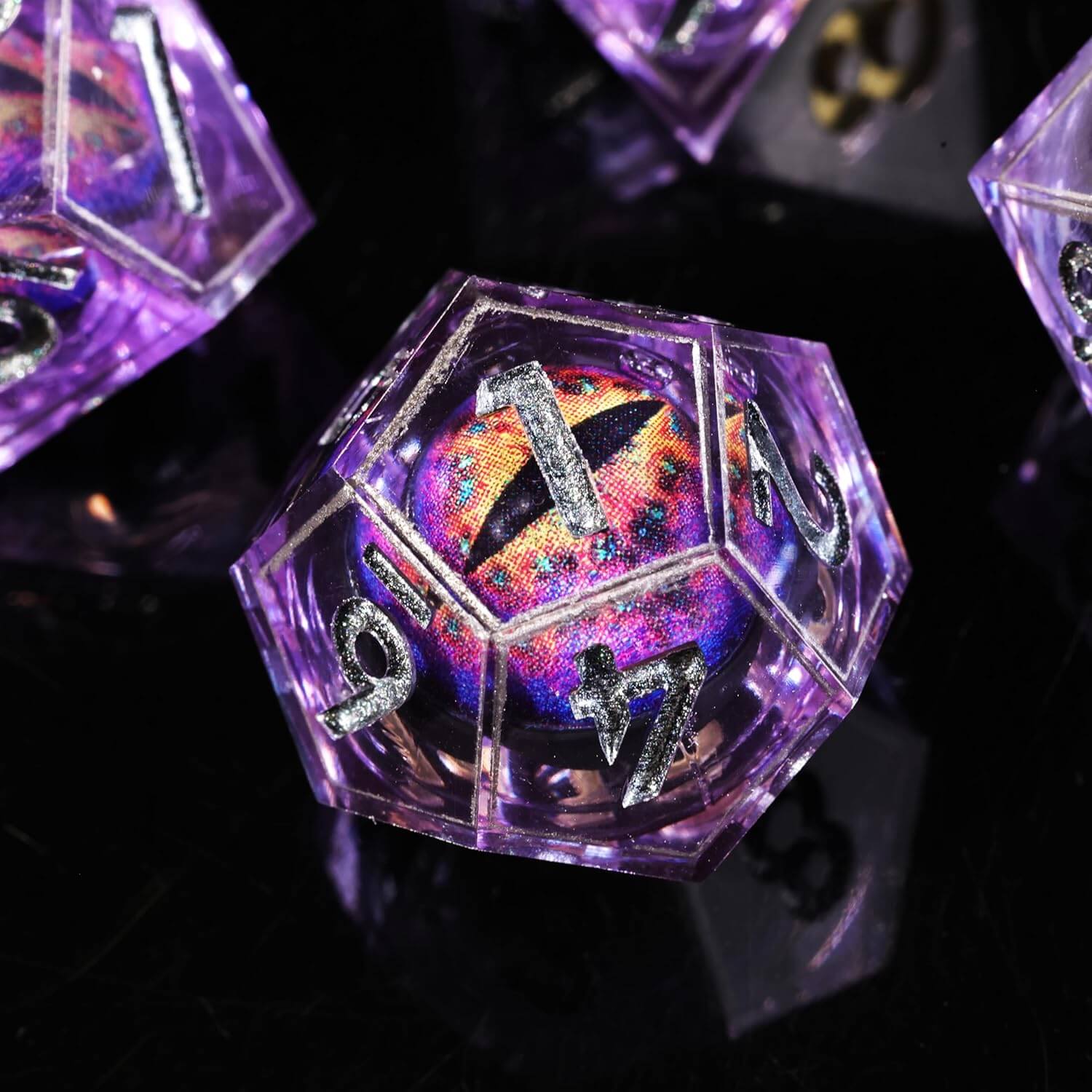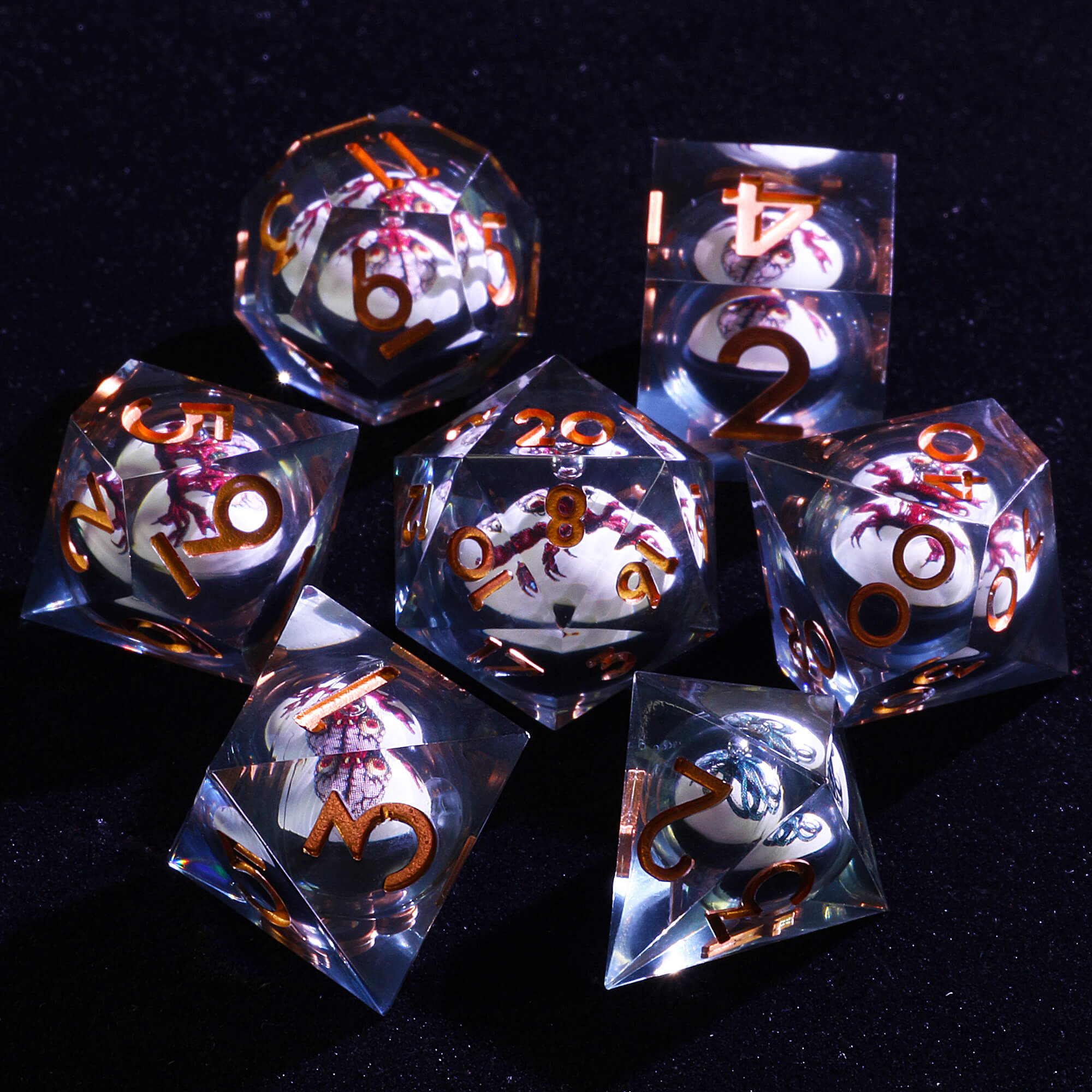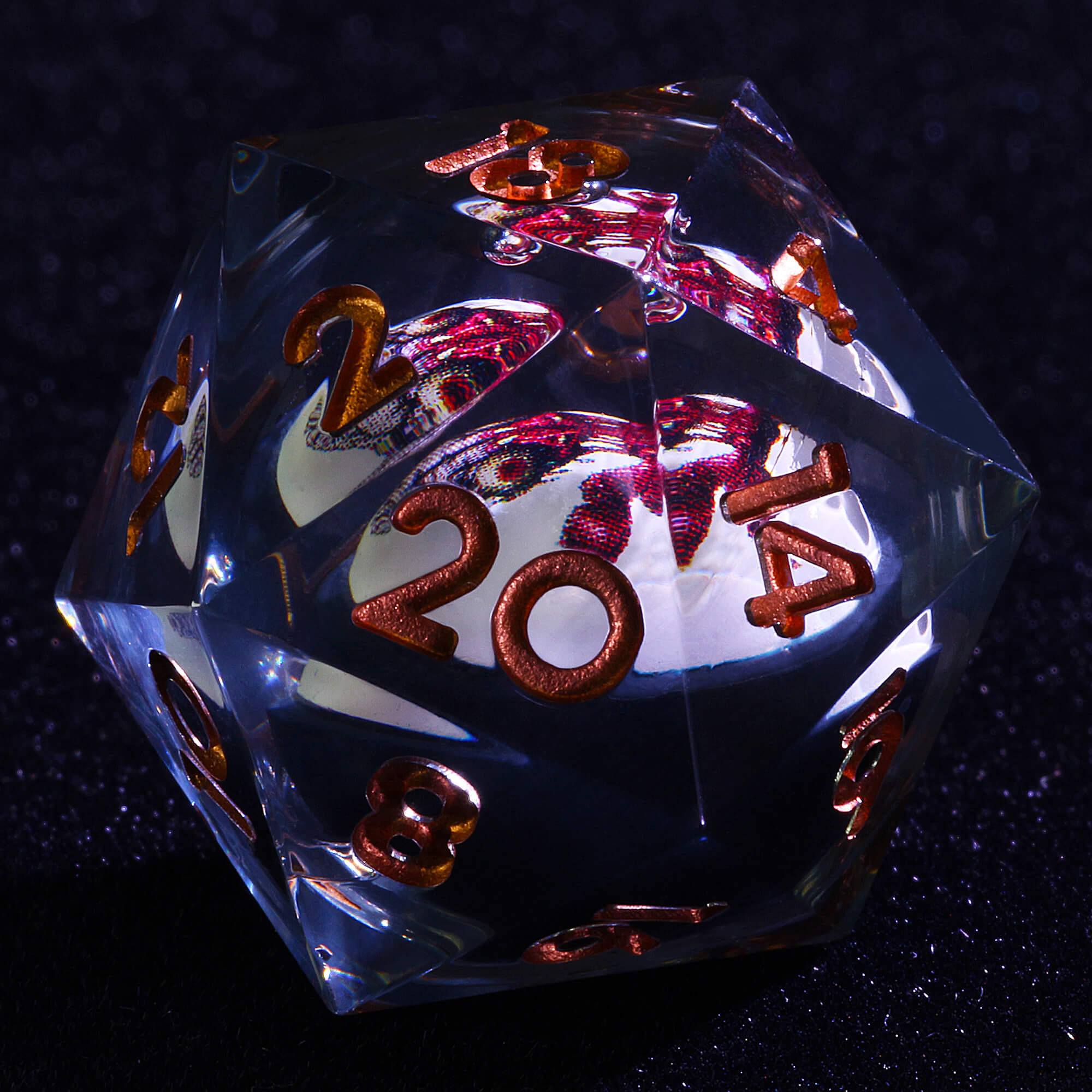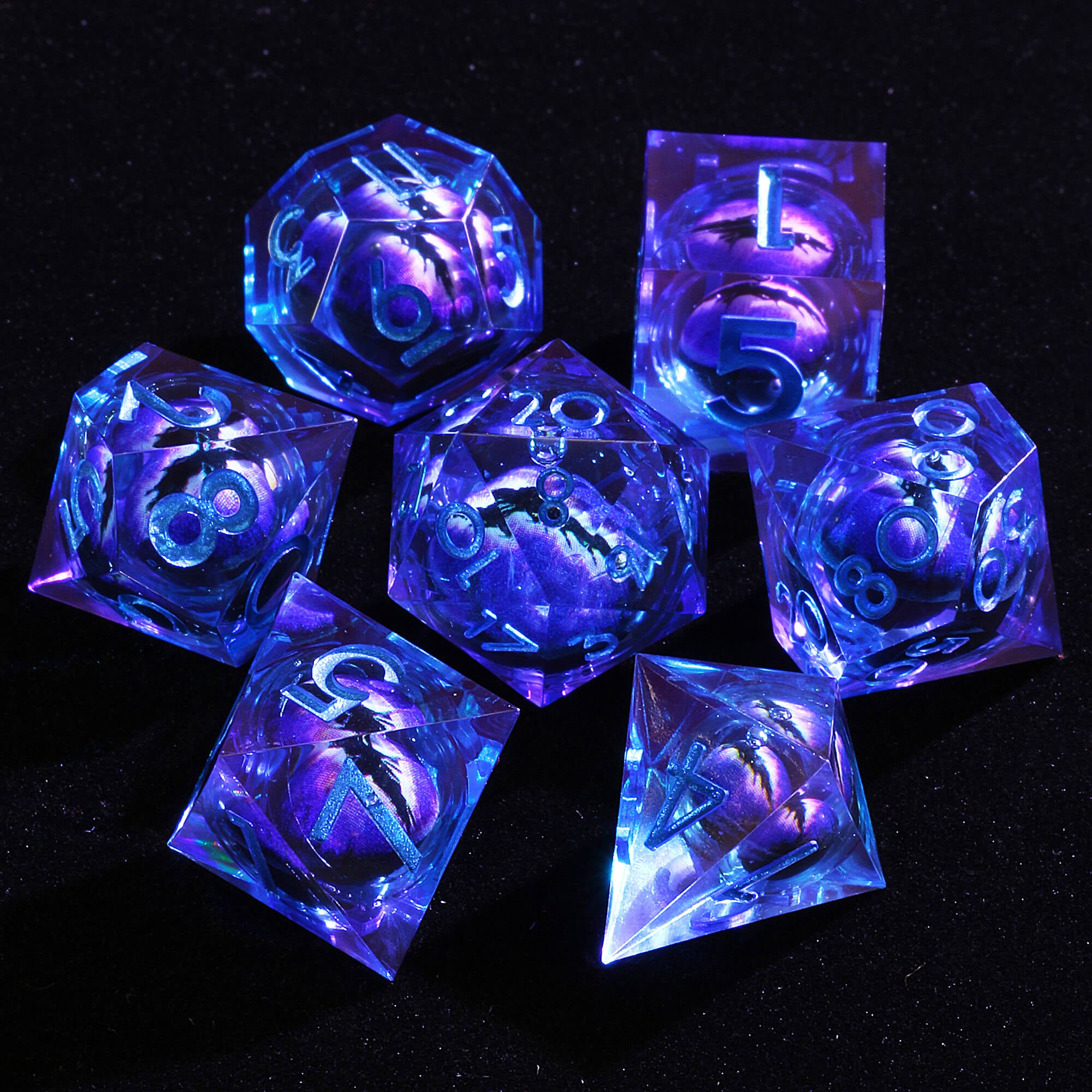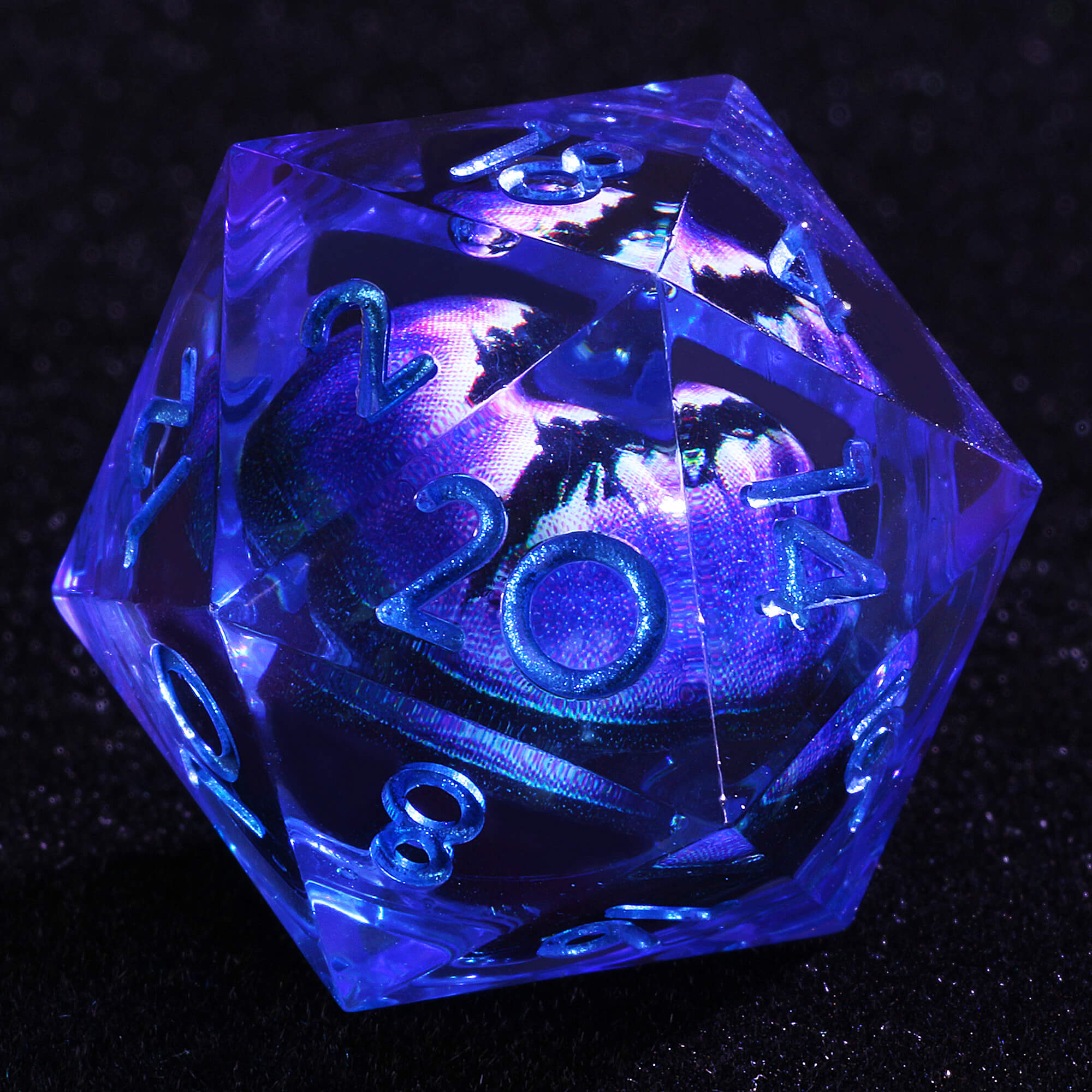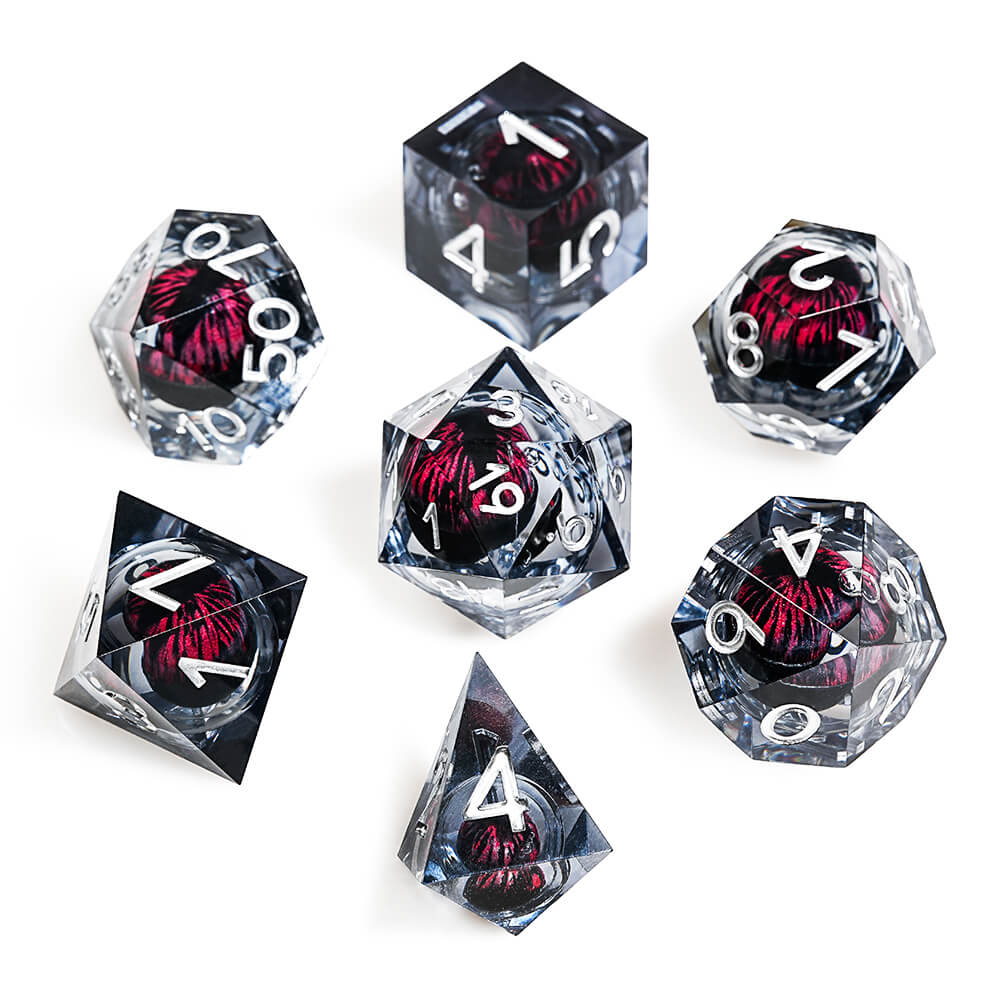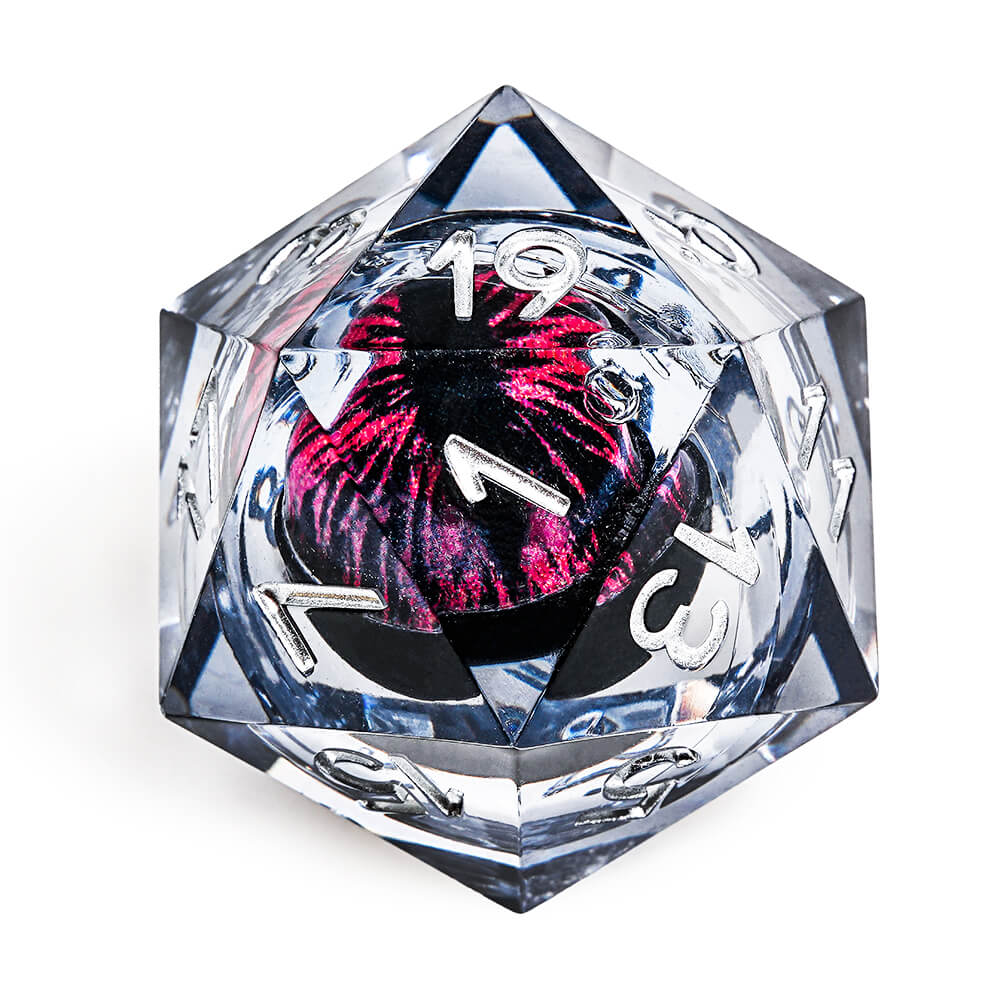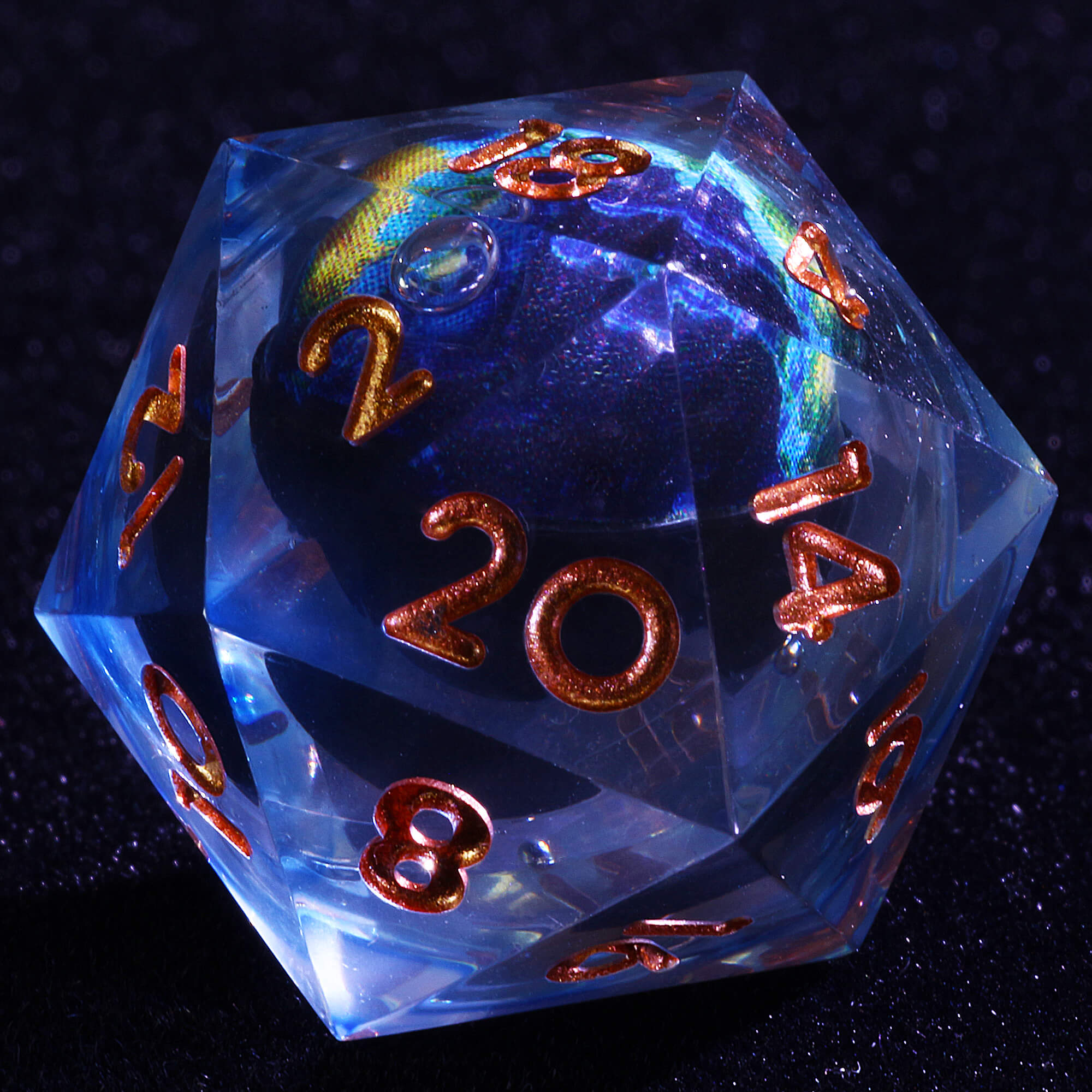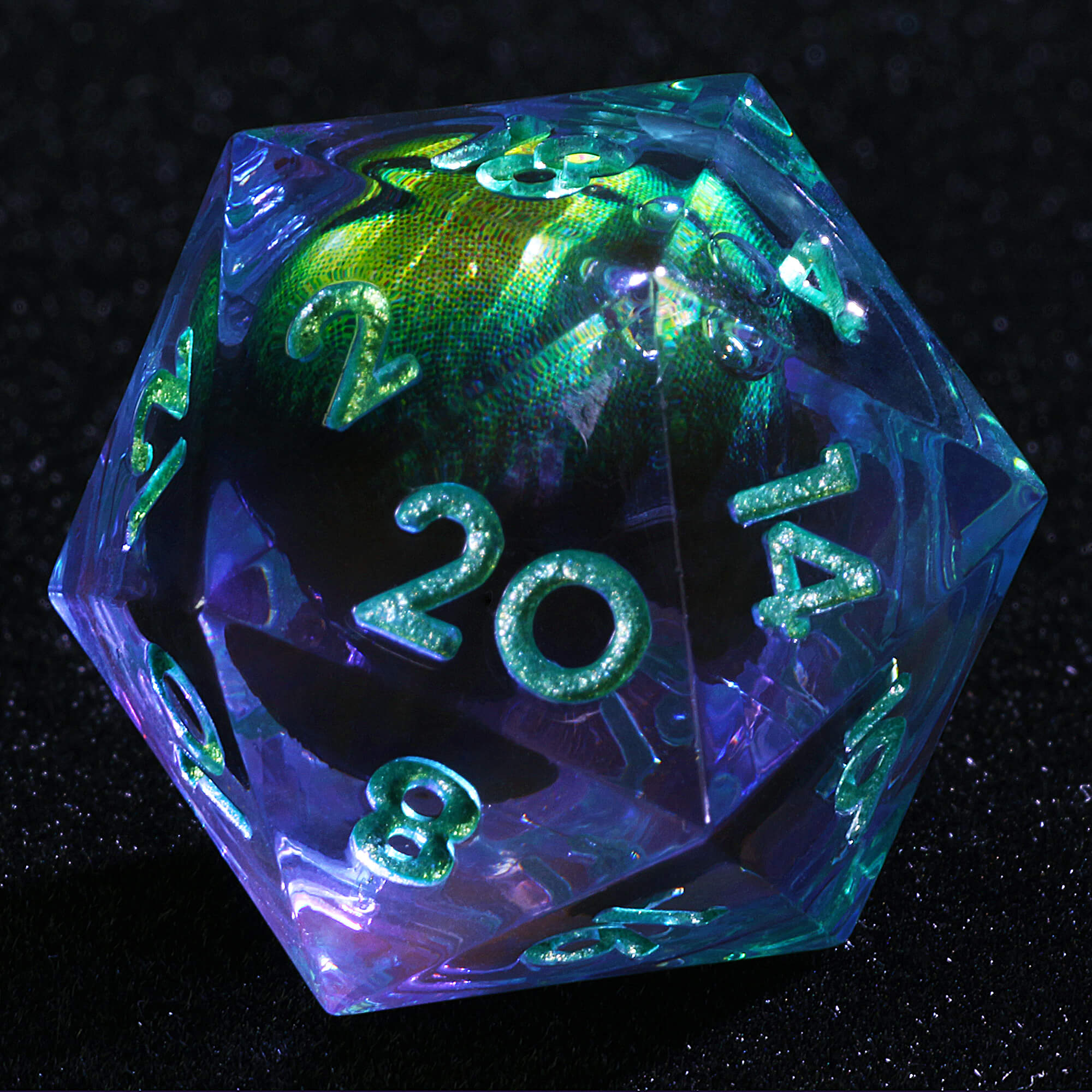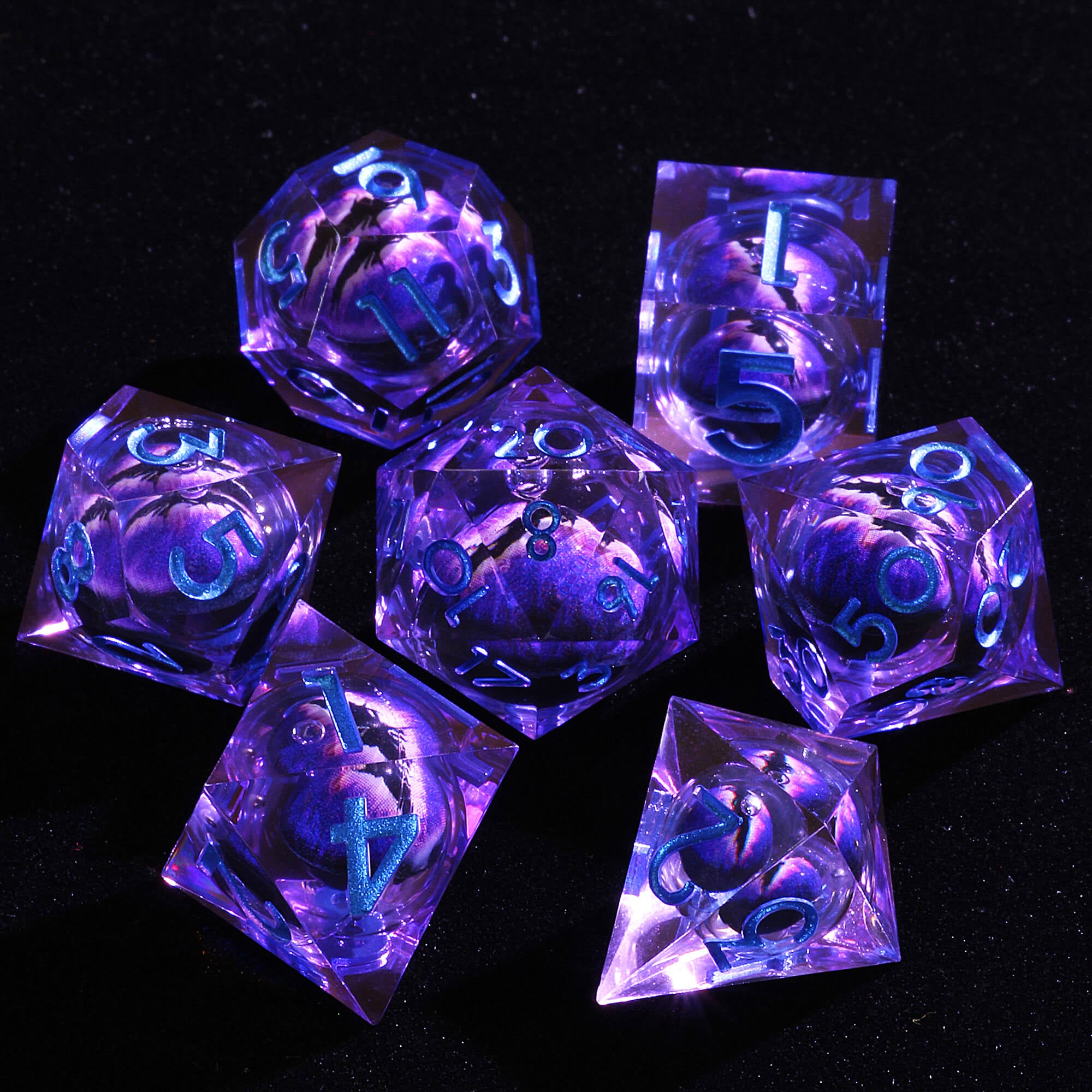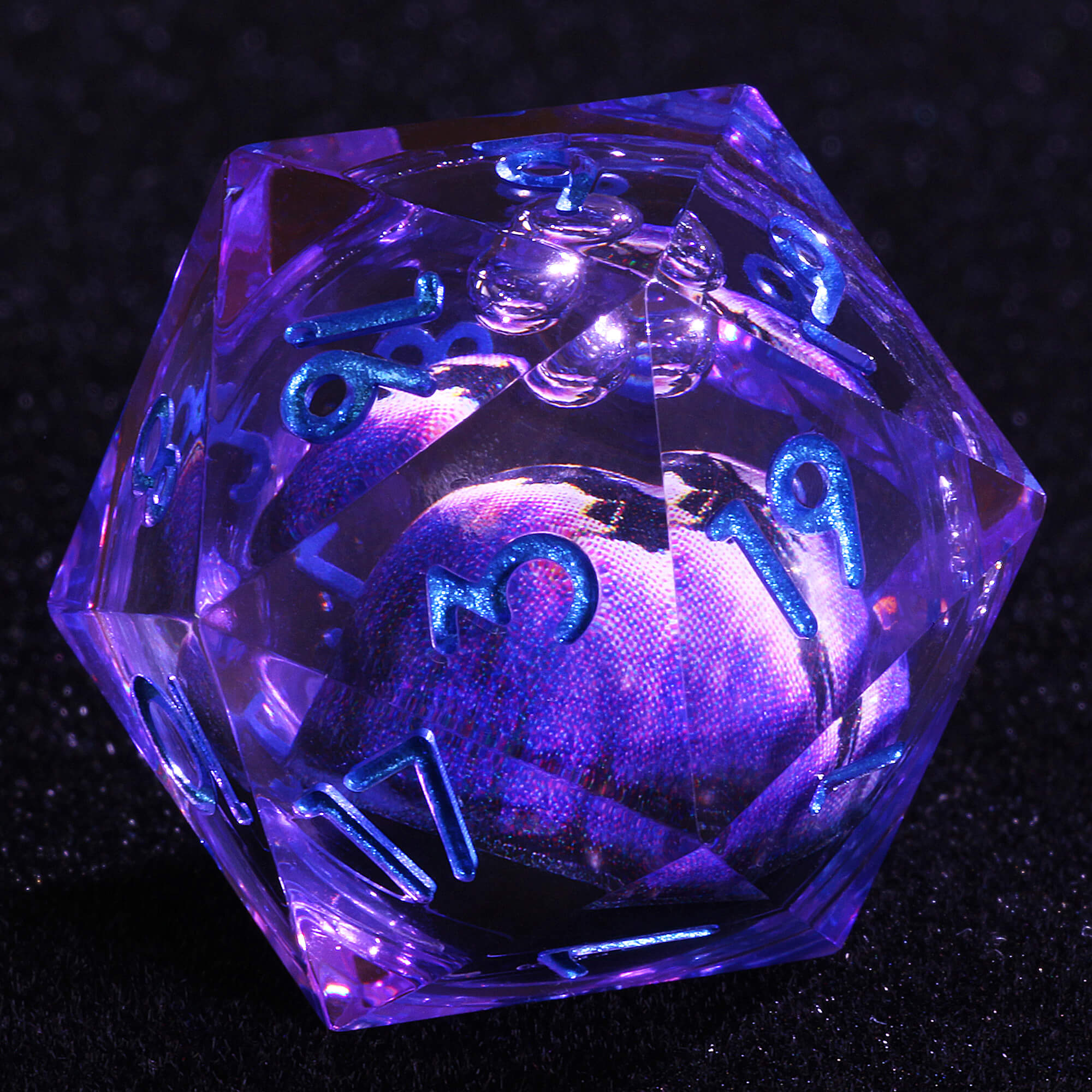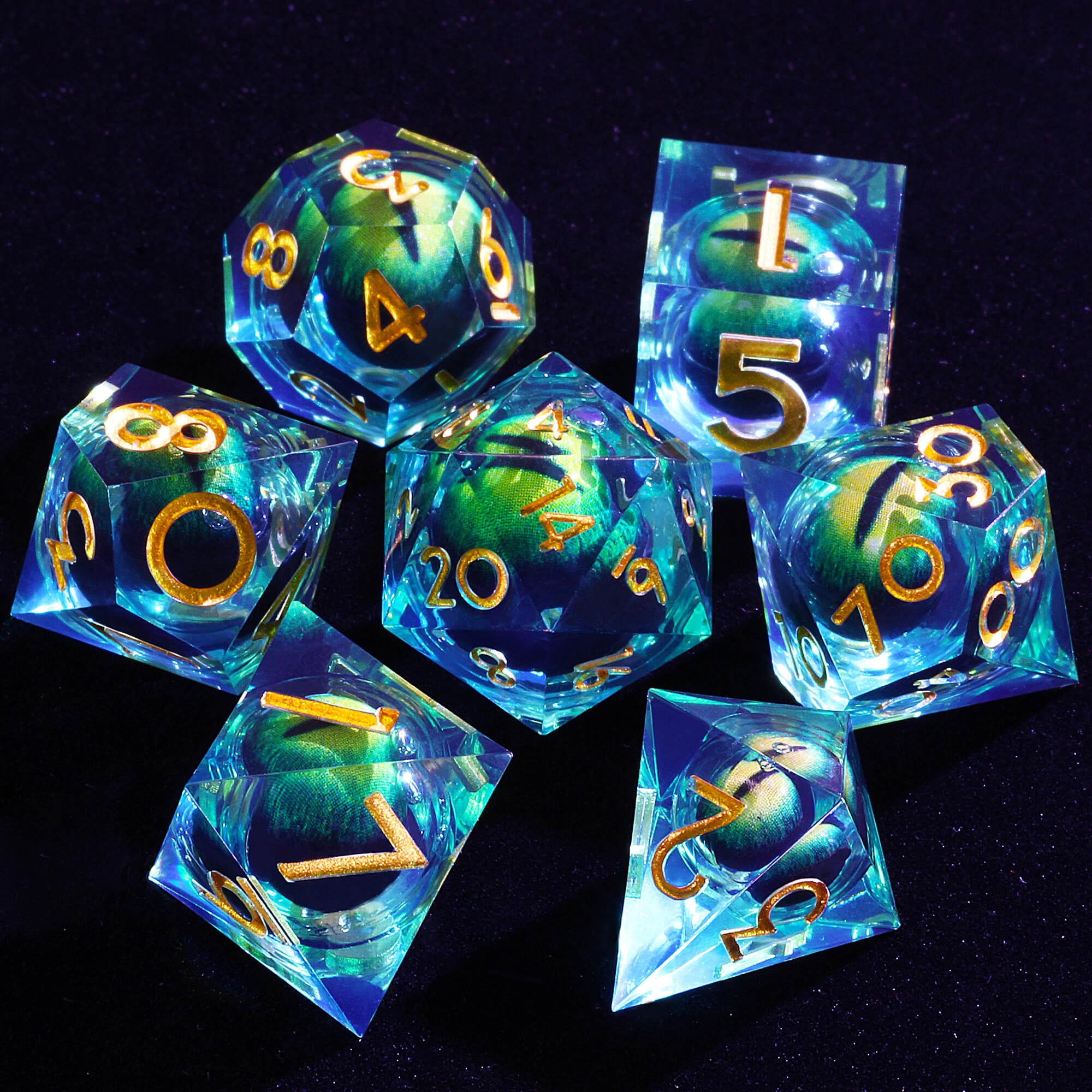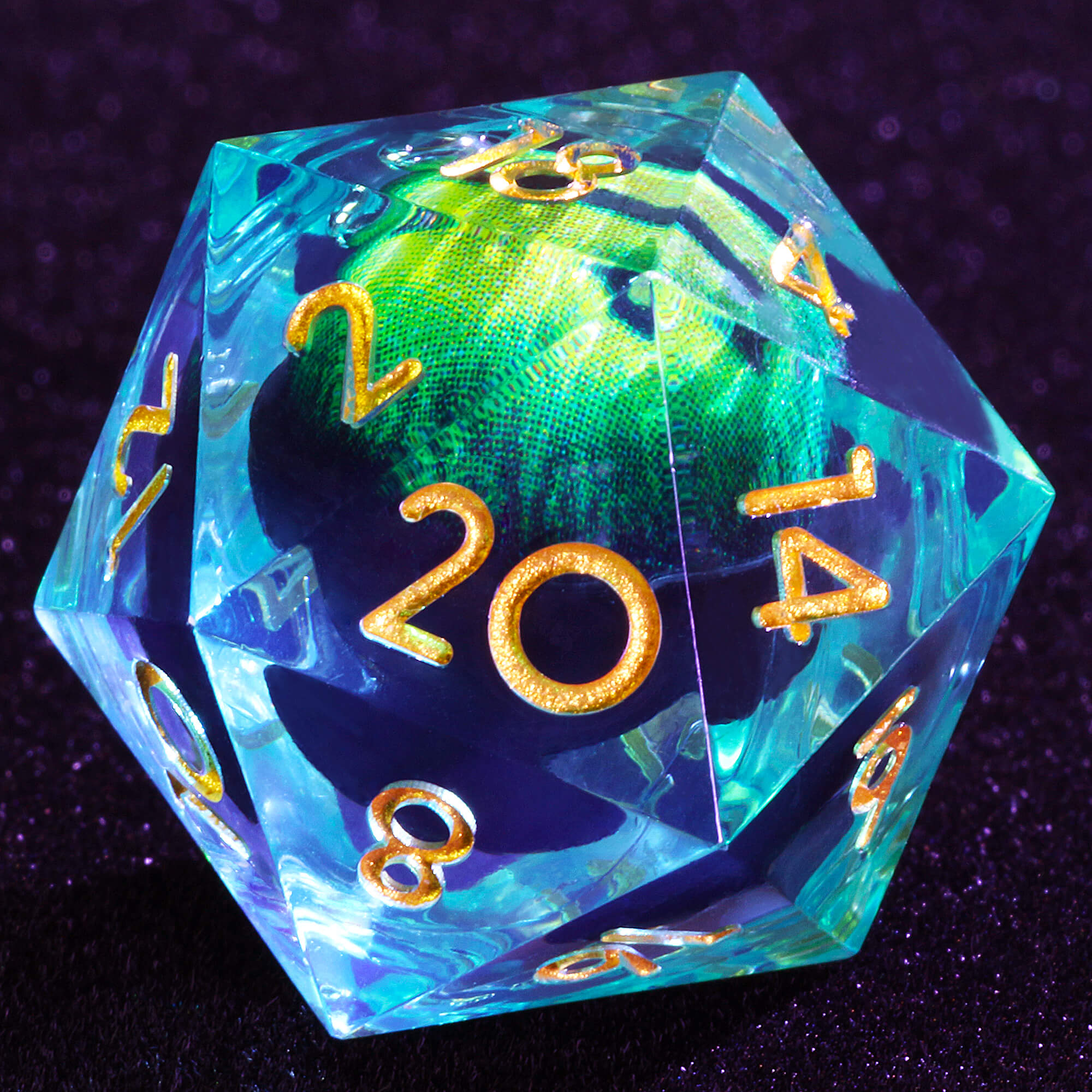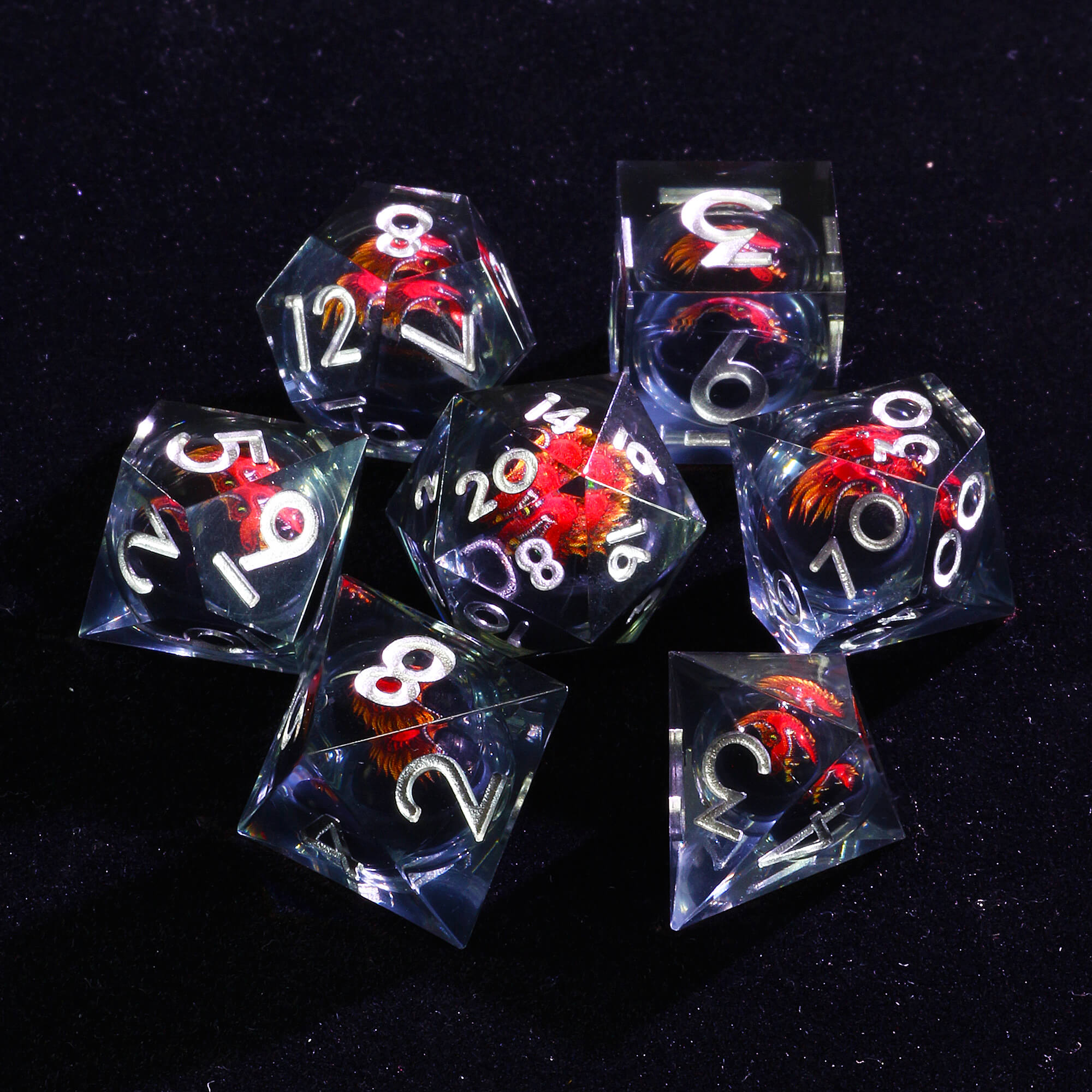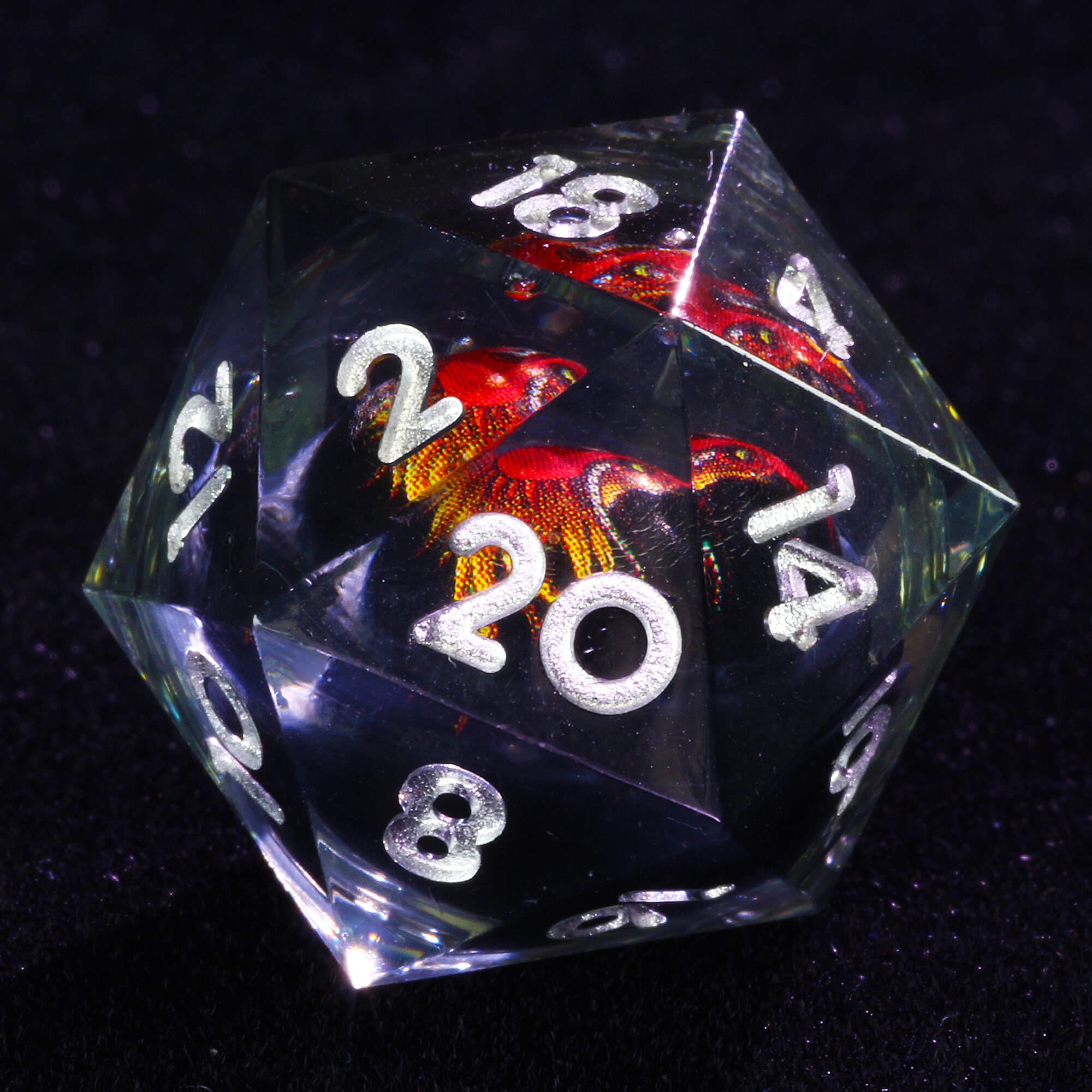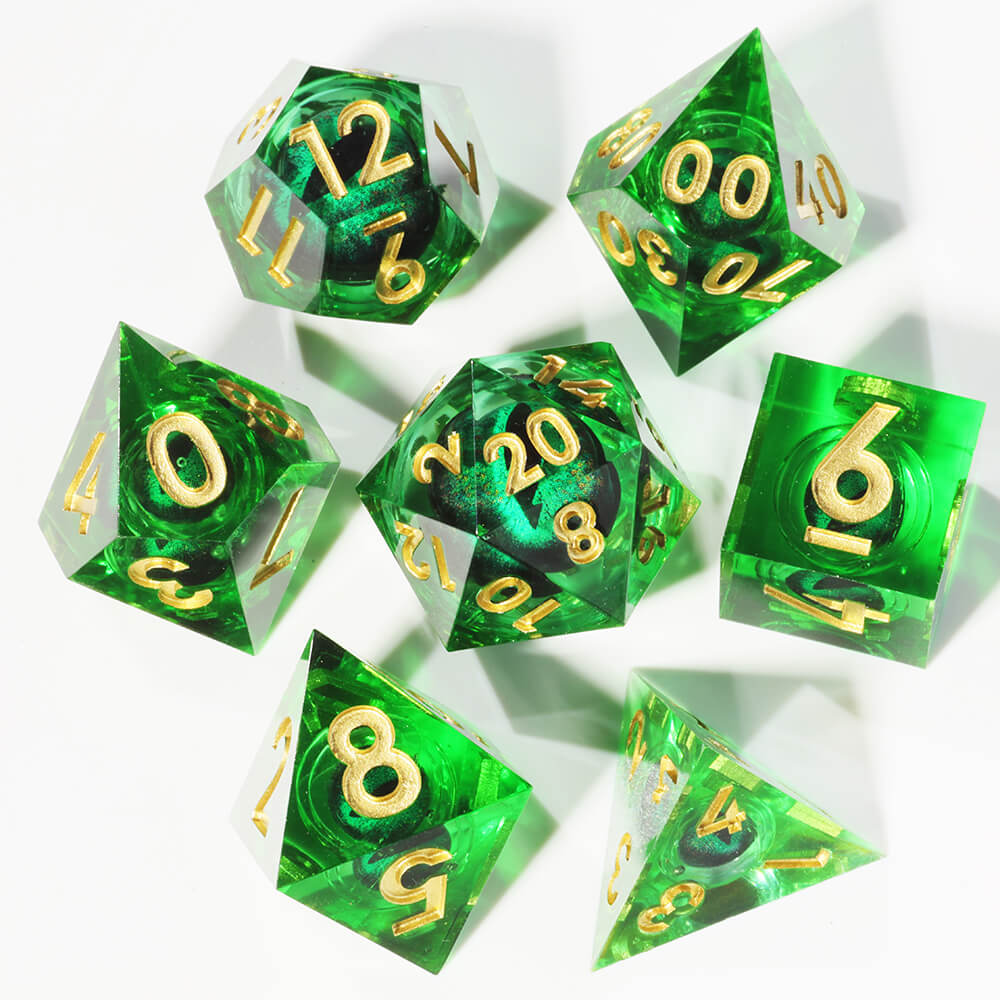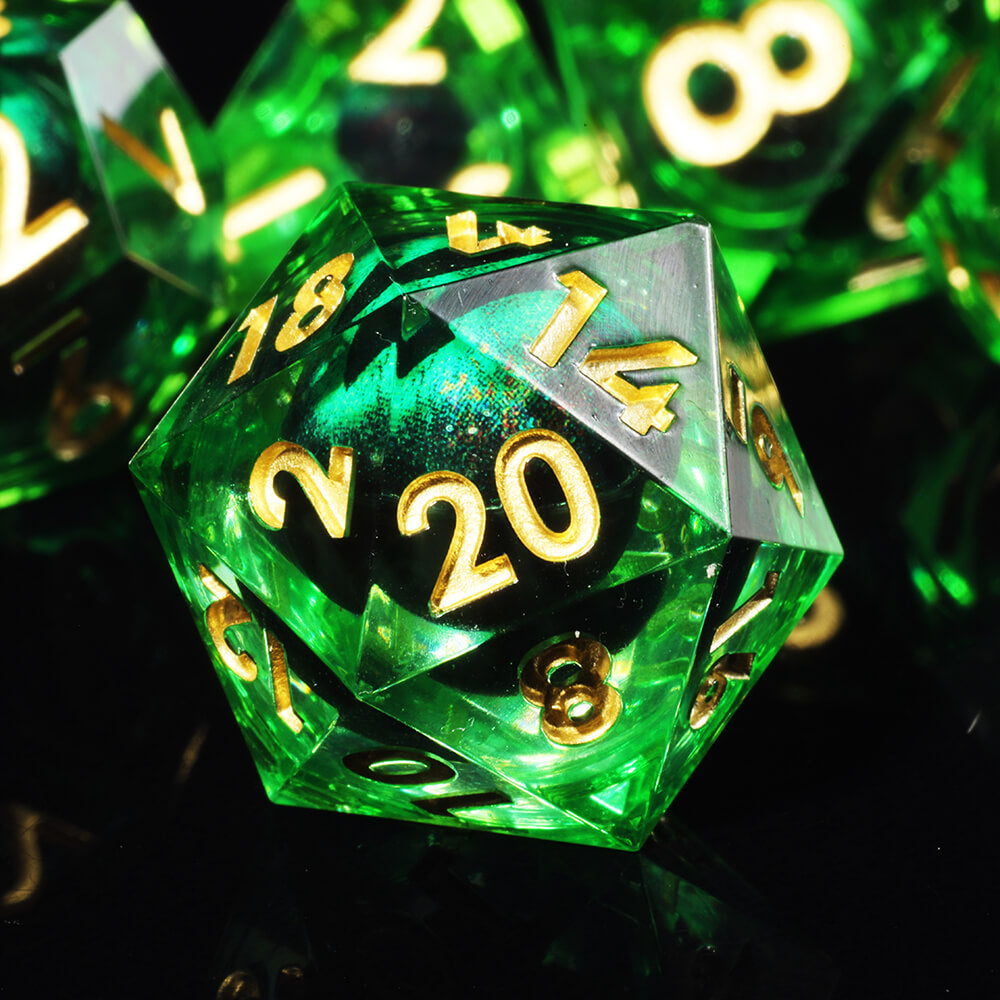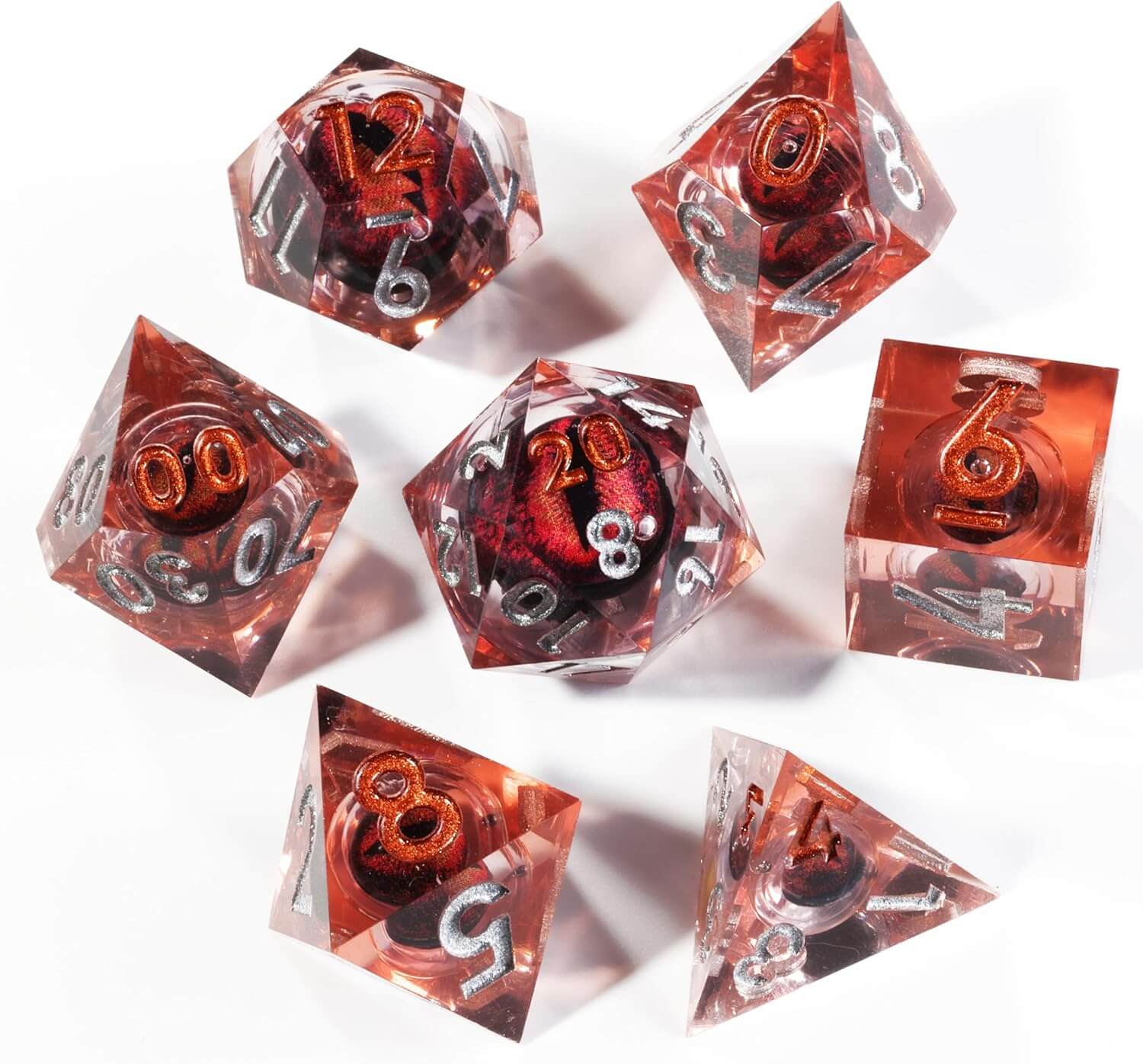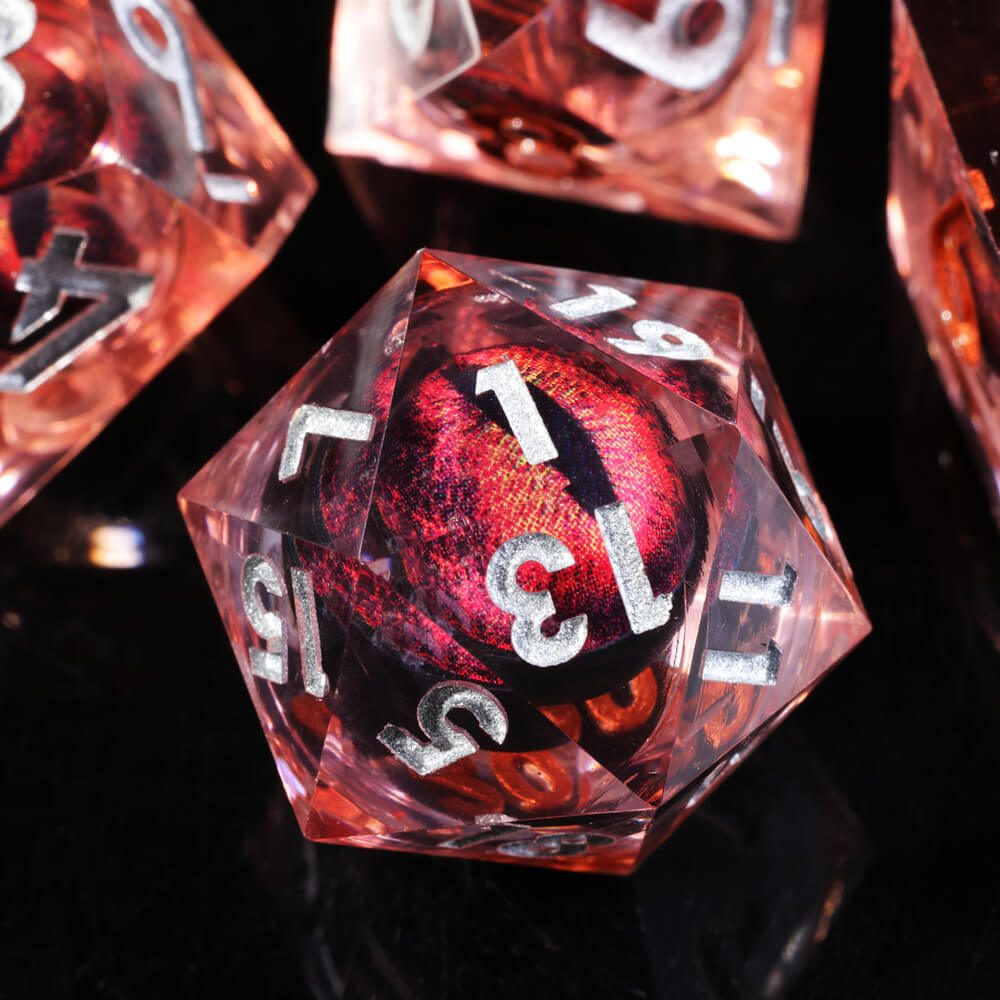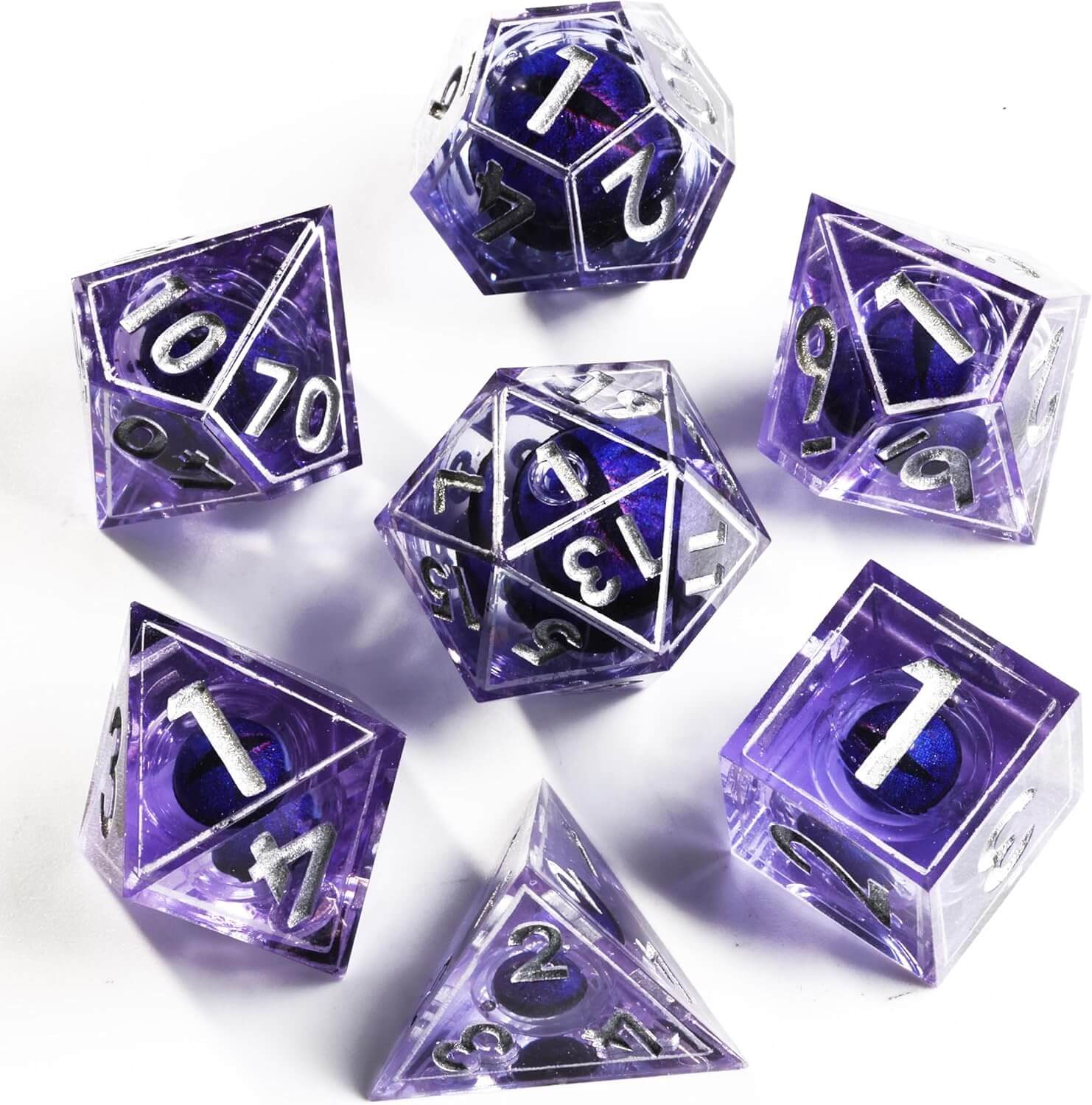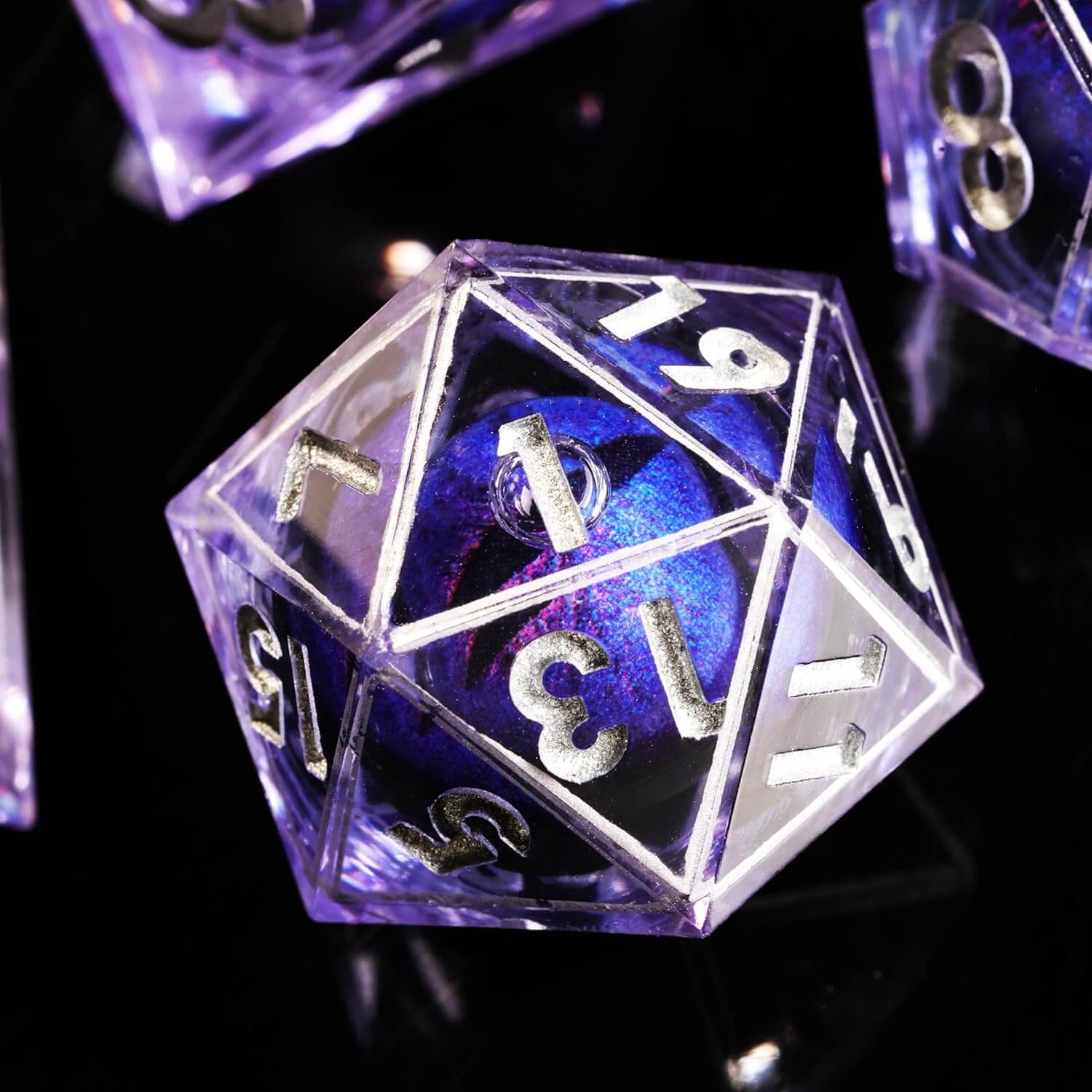The dragon is a majestic and fantastic animal. It has been found in various forms all around the world and pretty much since the dawn of time.
But what's really the etymological origin of the word "dragon" ? The answer is not as straightforward as you may think, luckily, you're about to discover this fascinating story!
Latin Etymology
According to the Oxford dictionary, the word "dragon" comes from ancient French. It is itself derived from the Latin words "draco" or "draconem" which mean huge snake. It makes sense since Romans though of dragons as large snakes with wings.
It should be noted, however, that the term "draco" was used to designate any large snake, whether real, mythological or both. Thus, the first dragons in Western mythology were legless snakes.
Greek Etymology
"Draconem" itself comes from the Greek word "drakon" (meaning snake or sometimes giant fish). The root "derk", indicates that the literal meaning of "drakon" was along the lines of "he who has a mortal gaze". This word can also be related to other terms, such as "sharp", "visible" or the ability to see clearly.
In fact, Greek dragons, like the Latin ones, were mostly snake-like. To illustrate this, we can take the example of the famous Python. We can also remember the Lernaean Hydra, fought by Hercules as part of his 12 labours.
Greek and Latin mythologies being intimately tied, it is quite hard to properly differentiate the Greek dragon from the Roman one.
Nordic Origin
Apart from its Greco-Latin origin, the etymology of the word dragon also has some Nordic roots.
Indeed, in old Norse, the word "ormr" means "dragon". To be precise, it designates a "worm" or "vurm". However it is translated into "dragon" because it is associated with creatures resembling dragons and snakes.
The reason this word does not exactly mean dragon can be found in the Norse dragon legends. Indeed, Jormungandr, a very famous northern dragon, was actually a giant snake.
We can also mention Nidhogg, another famous creature of the northern lore which is referred to as a dragon, but was also described as a snake.
In the British Isles
In ancient Irish mythology, "drag" meant fire. This is intriguing and interesting, as many of the dragons of Ireland were more related to the element of water. One example is Muirdris, a huge water snake.
According to Welsh mythology, "ddraig" means dragon. This refers in particular to the famous Red Dragon of Wales. The best known is "Y Ddraig Goch", which is the emblem on the flag of Wales.
Also in Welsh, "dreigiaw" is translated as "silent meteors". This is a reflection of the fact that dragons possessed destructive power. But, if the Red Dragon has been chosen to be the emblem of the Welsh flag, it is mainly because it is a symbol of authority.
You should also know that the first name "Erwan" comes from the Celtic word "aerouant", which means dragon.
Etymology of "Dragon" in Asia
The Chinese word for dragon is "lóng" in Mandarin, and "lùhng" in Cantonese. According to some historians, this word is an onomatopoeia of the sound of thunder. Knowing that Eastern dragons are though to be able control the weather (rain, storm, clouds...), it is a very plausible explanation.
There are several kind of dragons in Chinese mythology:
- Tianlong: the heavenly dragons
- Shenglong: the spiritual dragons
- Fuzanglong: the sea dragons
- Longwang: the mighty dragon king
As can be seen, the word long is present in every variation.
By the way, if you're interested in learning about dragons in China, we've got a rather comprehensive article about Chinese Dragons.

